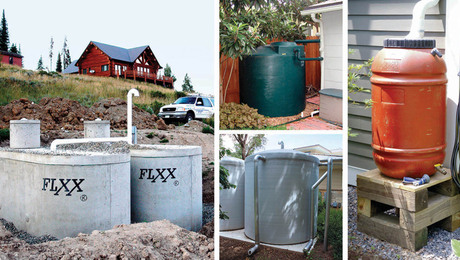My BIL just enlisted me to build a room around 4 massive hydraulic pumps at his shop. The room is to be 30×24 with 12′ high walls. They want a drywall ceiling and no supports from the floor.
I plan on installing unistrut to the buildings ceiling trusses then supporting the ceiling with threaded rod. More to the point I plan on hanging heavy guage studs (probably) every 6 feet running the 30′ length then attaching the 24′ joists to the beams 16oc. This ceiling will be double 1/2″ dw and thats it.
Am I missing anything? I’m a residential guy but i’m slow and my BIL said I have the job. I just dont want the ceiling caving in.
Family…..They’re always there when they need you.


















Replies
Depending on what you have to hang it from above (material and layout) you can look at something like the USG or ARMSTRONG site-commercial and search for drop ceiling metal for sheetrock. You grid it much like a drop ceiling but you then screw the board to the grid. So, drop metal hung from the above with celing wire.
A Great Place for Information, Comraderie, and a Sucker Punch.
Remodeling Contractor just outside the Glass City.
http://www.quittintime.com/
That was the original plan, which would be sooooo much easier since the machines are already in place, but they changed their minds. Now I have to get drywall up there.
Family.....They're always there when they need you.
Re-read Calvin's post. He's talking about drywall, too.There's a framing system which goes up exactly like a drop ceiling, but then you screw drywall to it.The hang wires usually go through mechanically-driven drop-ceiling eye lags, but I've seen the wires wrapped around the bottom chord of the truss. Fold the wires crisply if you do this.This is a much cheaper system than the Unistrut ($$$) and threaded rod ($) system that you propose.Go to USG's website. They have VERY detailed specs for more types of construction than you can think of, and it's all already been engineered for you.AitchKay
Okay guys I get it. The other reason for building the way I was planning though, was to stabilize that 30' long wall.
I'm guessing this systen will take care of that too?
Family.....They're always there when they need you.
That's right MSA, check out the commercial ceiling sites. You screw the sheetrock to the grid you hang w/wires. Then finish as a usual sheetrock ceiling. No tile or board laid in the grid. Takes a little design engineering if you start trying to hang mechanicals to it.A Great Place for Information, Comraderie, and a Sucker Punch.
Remodeling Contractor just outside the Glass City.
http://www.quittintime.com/
I found the product you're suggesting. I'll try to find it locally tomorrow. If I can attach the walls to it, it may do the job. Thanks.
Family.....They're always there when they need you.
boy, now you bring in the big question. As a complete unit-I would say yes-it will be stable. How tall is the wall again-I guess I'll go read the first post.
edit: You are building walls. To the bottom of the original frame of the building? or to the bottom of the drop ceiling?
How tall are the walls going to be?
A Great Place for Information, Comraderie, and a Sucker Punch.
Remodeling Contractor just outside the Glass City.
http://www.quittintime.com/
Edited 11/25/2008 10:01 pm ET by calvin
Interior height of the existing building is about 16-20 feet. Our walls will be 12' tall made from 2x6 steel studs with and inch of drywall on either side.
Family.....They're always there when they need you.